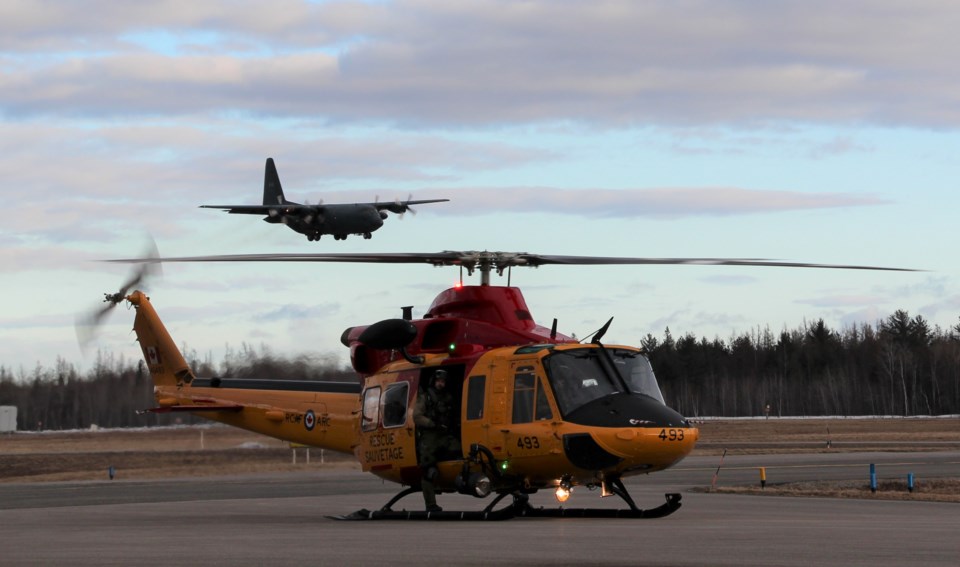After 10 days and over 360 hours of searching, efforts to locate two men and their missing plane have been suspended as of Sunday afternoon.
Their plane disappeared from radar in the Wawa area, north of Lake Superior on April 14. The search has been handed over to the OPP as a missing persons case.
Multiple facets of search and rescue teams, including the OPP, coast guard, MNR, civilian assets, and the air force were involved in the efforts to locate the plane, battling unpredictable weather conditions throughout.
“On behalf of everyone involved in the search efforts, I would like to extend my thoughts and prayers to both families. It was with them in mind that we worked tirelessly, despite challenging weather and geographical conditions over the last several days with our search and rescue (SAR) partners to find any indication of the aircraft. All the information that we have gathered during the search will be passed on to the OPP," said Capt. Martin Zimmer, Search Master, 1 Canadian Air Division / Joint Rescue Coordination Centre Trenton, in a news release.
Quick facts from the Canadian Forces about the search are:
- RCAF Search Masters only request the suspension of an air search after it has been determined that the likelihood of survivability is no longer viable based on survivor models; after every reasonable effort has been expended; and, all investigative leads have been thoroughly exhausted in an effort to locate the missing aircraft and persons onboard.
- Unless new information comes to light indicating a likelihood of finding survivors, no further Joint Rescue Coordination Centre search activity will be conducted and the case will be turned over to the OPP as a missing persons case.
- A search headquarters with additional RCAF personnel and a Sault Ste. Marie-based Air Task Force were dedicated to the search efforts.
- In the case of the search for the missing Piper Comanche with a two persons onboard, 75 flights over the defined search area were conducted over a ten day period.
- The search was conducted in accordance with the Canadian Aeronautical and Maritime Search and Rescue Manual which details procedures for conducting effective aeronautical searches.
- At its height, the search involved five RCAF aircraft (CC-130H Hercules, two CH-146 Griffons, a CP-140 Aurora, and a CH-149 Cormorant), a CCG helicopter, an OPP helicopter, an Ontario Ministry of Natural Resources helicopter and five CASARA aircraft flown by volunteers. Up to 25 CASARA spotters served on RCAF, CCG and CASARA aircraft.
- RCAF personnel and aircraft were from: Joint Rescue Coordination Centre Trenton / 1 Canadian Air Division; 424 Transport and Rescue Squadron, 8 Wing Trenton; 435 Transport and Rescue Squadron, 19 Wing Comox (based at 17 Wing Winnipeg), 413 Transport and Rescue Squadron, 14 Wing Greenwood; 405 Long Range Patrol Squadron, 14 Wing Greenwood.
- The search employed a number of technologies including night vision, forward looking infrared cameras, Synthetic Aperture Radar (RCAF CP-140 Aurora) and satellite imaging. A new technology in the form of photo search with colour recognition software was also employed (CASARA Skymaster aircraft).
- OPP Ground SAR investigated areas around the last known position of the aircraft, but difficult terrain and snow hampered efforts.
- SAR incidents under the federal SAR mandate are defined as all aircraft incidents and all marine incidents in waters under federal jurisdiction. With the exception of federally owned National Parks, the overall responsibility for land and inland water search and rescue rests with the provinces, territories and municipalities.



